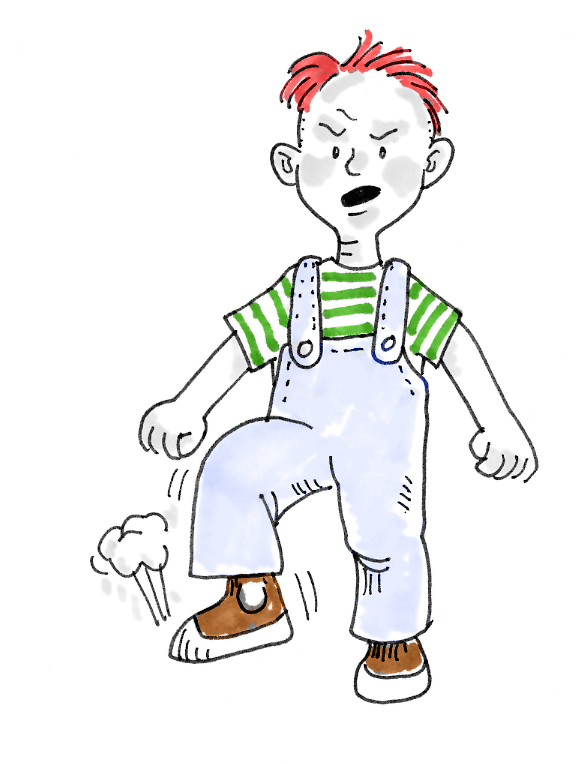TANTRUMS! Ah, the tantrum. This is a sharp trigger for adults.
Can we prevent them? Sometimes we can, on a really good day. We can plan ahead with extra snacks, clearly communicate expectations and practice routines, or offer transition tools like a stuffy, their favorite book or let them bring that leaf home from the park. We can offer limited choices. ”Do you want to hop like a frog or stomp like an elephant to the car?” We can give fair warning and let them push the button on the timer. We can redirect and distract with a song or game or tell them we “need” their help with an important task.
But the truth is, sometimes they just need to FEEL, and this is their way of expressing their emotions. They are hungry, tired, angry, or sad. The water is too wet. The sun is too hot. The bowl is the wrong color. The food is slimy. The truck is mine. They don’t want to leave. We might have a hard time accepting their emotional expression because it is just so BIG and we aren’t used to it. We don’t get to practice feeling feelings all that often, do we? When we are hungry or tired or angry or sad we stuff it, fix it, numb it, or, my personal favorite, blame someone else.
Teaching kids about emotional regulation starts with teaching about feelings. Our personal favorite, teaching kids how feelings work in the brain.
How to Teach Brain in the Palm of the Hand to Kids
We love teaching kids about emotions and calming down. The video below is one of our most popular and one we reference ALL THE TIME.
Teaching kids emotional regulation or how to calm down when they are upset (mad, sad, scared, overstimulated) takes time and practice. One great way to teach this idea is through Dr. Daniel Siegel’s Brain in the Palm of Hand model. This empowers kids to be aware of the part of the brain that takes over when they are dysregulated, and the part of the brain that is accessible when they are calm, or integrated. It teaches them to talk about how they are feeling in the moment, as a first step to getting regulated and back in control. With practice, this grows more of the neurological loops that are needed to strengthen executive functioning and self control.
Watch this video for tips from our friends at Sproutable. This is a quick and easy process for teaching kids about their emotional brain.
Want more?
Check out our blog on Positive Time Out Space. This is a wonderful tool designed to teach children self-control and self-discipline. It is respectful because children are involved in the process (by helping to create a space that will be encouraging) instead of objects or victims of the process. Positive Time Out teaches children to understand that their brains don’t function well when they are upset. They learn the value of taking time out to calm down until their brains are functioning in a way that is advantageous to them, rather than detrimental.
Sproutable’s online course – How to Grow Remarkable Kids
Author bio
Julietta Skoog, Early Years Lead at Sproutable, is a Certified Positive Discipline Advanced Trainer with an Ed.S Degree in School Psychology and a Masters Degree in School Counseling with over 20 years of experience coaching families in Seattle Public Schools and homes all over the world. She draws from her real life practical experience working with thousands of students with a variety of needs and her own three children to parent coaching, bringing a unique ability to translate research, child development and Positive Discipline principles into everyday parenting solutions. Her popular keynote speeches, classes, and workshops have been described as rejuvenating, motivating, and inspiring.


No Comments yet!